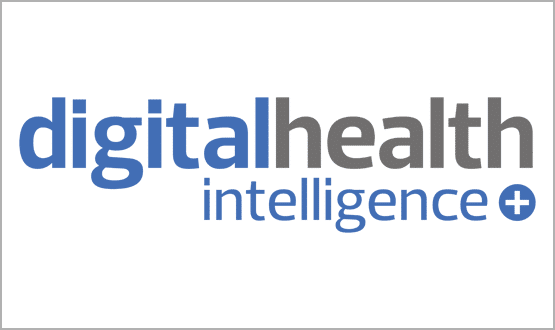PACS underway in half of English trusts
- 18 May 2006
Around half of trusts in England either have a picture archiving and communications system “happening, about to happen or happened”, the UK Radiological Congress in Birmingham heard this week
National clinical lead for radiological imaging, Dr Erika Denton, said 63 business cases were approved out of a total of 134, 50 purchase orders had been placed and 31 sites were live with their picture archiving and communication systems (PACS).
In addition she said nearly two million examinations had been undertaken on NHS PACS, though over one million are in the South of England where installations have been progressing faster than the rest of the country.
One facility not available at present is data sharing which is due to start in 2007. Images may only pass between the central data store and the host trust. Chair of the session, Dr Laurence Sutton, of Calderdale Royal Infirmary, Yorkshire, said a lot of work was going on centrally on technical issues and confidentiality issues. Dr Denton added that there were also patient safety issues to be considered.
A practising radiologist at the Norfolk and Norwich Hospital, Dr Denton, has been impressed by the new central data storage system. “I was extremely cynical that information would not come in and go out, but in fact the cluster data store is working perfectly and we have had no problems with it.”
The next stage, she said, was to produce a vision for taking the technology and changed working processes forward. A document is currently being ratified by a clinical reference panel but she said its theme would be “Right image, right place, right time.”
“That really sums up what we, as radiologists, would want PACS to deliver. It also has to be seen to underpin national policy developments,” she said.
As such, the vision would support a patient-led NHS, patient choice, workforce reform and system redesign. She urged the profession to embrace changes and “make them work for us”.
She emphasised that PACS benefits could only be delivered when the technology was couple with an effective integrated service improvement programme.
The potential gains are great, however and Dr Denton outlined some of the benefits being seen in existing PACS sites. These included: shorter turnarounds for reporting on examinations; reduced waiting times achieved with PACS plus service redesign; a more efficient service process at appointment stage and on the day of the test and a clear contribution to shortening the length of patient stay particularly when discharges are made on the basis of normal or confirmatory imaging.
PACS could have a positive influence on capacity when it could be used to deliver a more flexible workforce and remote reporting.
Another area where PACS is making a positive impact is teaching, Dr Denton reported, particularly in England’s three radiology academies in Leeds, Plymouth and Norwich. Lectures and all the images needed to illustrate them can be shared between the three sites.




